Subscribe to our ▶️ YouTube channel 🔴 for the latest videos, updates, and tips.
Polygon
What is a Polygon?
A simple closed curve made of three or more line-segments is called a polygon. A polygon has at least three line-segments.
Now, observe the following simple closed curves:
Curves 1, 3 and 4 are made of line segments only, while curves 2 and 5 are made of line segments and curves.
Curves 1, 3 and 4 are called polygons.
A simple closed curve made of line segments only is called a polygon.
All the following figures are polygons.
The line-segments of a polygon are named by the sides in it. Poly means many and gon means sides. Thus a polygon has many sides.
Definition of Polygons: Simple closed figures having three or more line segments are called polygons.
Polygons are further divided into various categories, depending upon the line segments they have.
The different polygons having definite number of sides are given names according to the number of sides.
(i) A polygon with three sides is called a triangle.
or,
A polygon having three line segments is called a triangle.
The three line segments forming the triangle are its sides.
Triangle
(ii) A polygon with four sides is called a quadrilateral.
or,
A polygon having four line segments is called a quadrilateral.
Quadrilateral
(iii) A square is a quadrilateral whose all the four sides are equal.
(iv) A rectangle is a quadrilateral whose opposite sides are equal.
(v) A polygon with five sides is called a pentagon.
Pentagon
(vi) A polygon with six sides is called a hexagon.
Hexagon
Thus a polygon is given its name on the basis of the number of its sides.
Sides, Vertices and Diagonals of a Polygon:
Sides: The line segments forming a polygon are called its sides.
In the above figure, the sides of the polygon ABCDE are AB, BC, CD, DE, ΕΑ.
Vertices: The meeting point of a pair of sides is called a vertex.
In the above figure, sides AE and ED meet at E. So E is a vertex of the polygon ABCDE. A, B, C and D are its other vertices.
Adjacent Sides: Any two sides with a common end point are called the adjacent sides of the polygon.
In the above polygon ABCDE, (AB, BC), (BC, CD), (CD, DE), (DE, EA) and (EA, AB) are the adjacent sides.
Adjacent Vertices: The end points of the same side of a polygon are called adjacent vertices.
In the above polygon ABCDE, vertices E and D are adjacent, whereas A and D are not adjacent vertices. Other adjacent vertices in the figure are (A, B), (B, C), (C, D) and (E, A).
Diagonals: The joins of the pairs of vertices which are not adjacent, are called diagonals of the polygon.
In the above polygon ABCDE, AC, AD, BD, BE and CE are diagonals.
Worksheet on Polygons:
1. Tick the polygons which are quadrilaterals:
2. Fill in the blanks:
(i) All the sides of a __________ are equal.
(ii) A polygon made of four line segments is called a __________ .
(iii) A polygon made of three line segments is called a __________ .
(iv) A simple closed curve made of line segments only is called a __________ .
(v) A closed curve which does not cross itself is called a __________ curve.
Related Concepts on Geometry - Simple Shapes & Circle
● Polygon
● Angle
● Triangle
Didn't find what you were looking for? Or want to know more information about Math Only Math. Use this Google Search to find what you need.


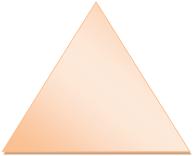
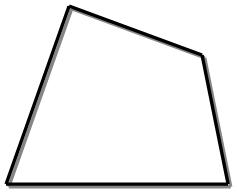
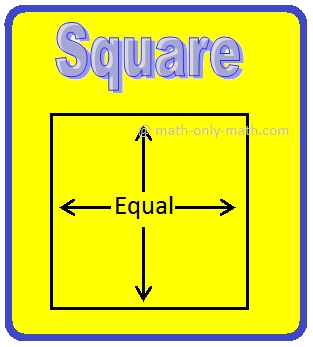
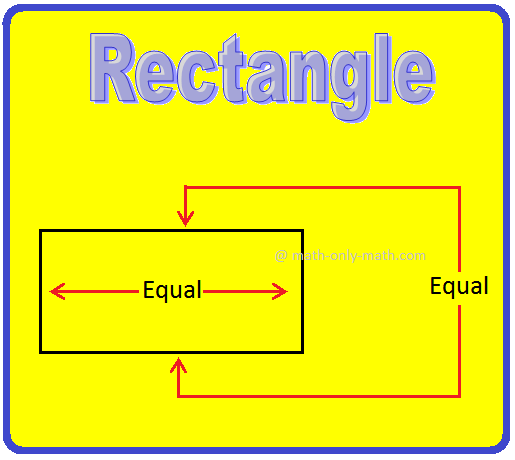
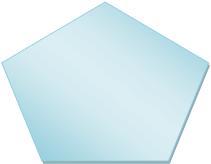
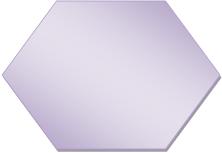
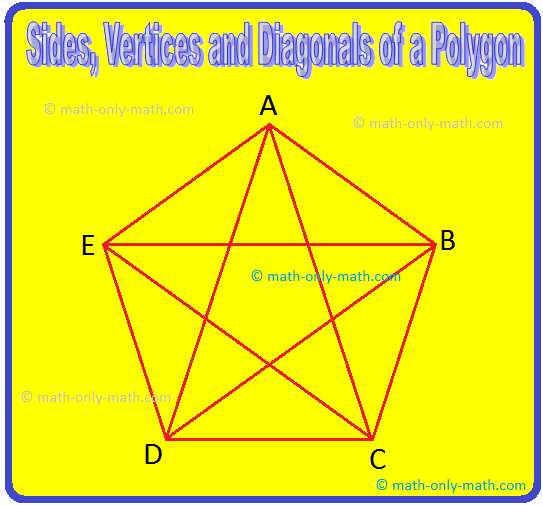



New! Comments
Have your say about what you just read! Leave me a comment in the box below. Ask a Question or Answer a Question.